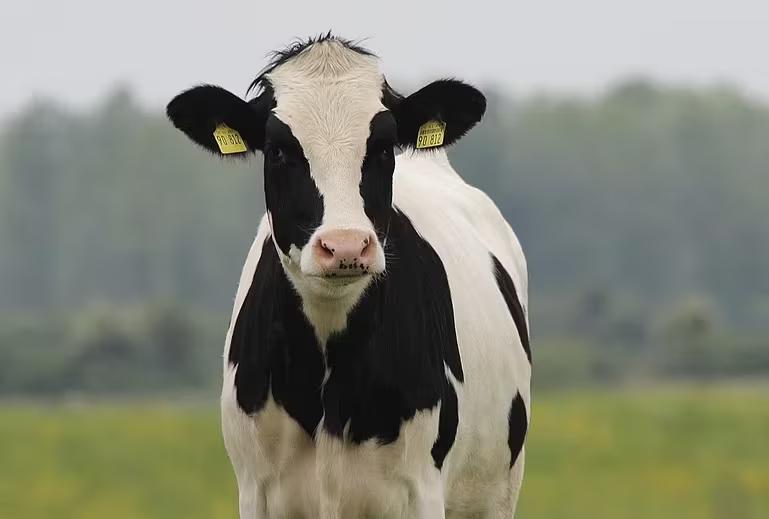
Chart of the Month: Rising costs, falling revenue – tough season for dairy farmers
Fonterra recently announced a sharp cut to its forecast dairy payout, at the same time as dairy farmers face high costs. Our chart of the month highlights that the dairy payout is forecast to fall beneath operating expenses for the average farm, and also takes a broader view highlighting the volatility of the dairy payout and how we are evolving past peak cow.
Note: Fonterra’s forecast payout for the 2023/24 season was revised down further after we published the June 2023 Quarterly Economic Monitor on the 15th of August. The Quarterly Economic Monitor was published on the basis of a $7 per kgMS payout, whereas this article uses the latest $6.75 per kgMS forecast.
Rising costs, falling revenue
The 2022/23 dairy season was a bad combination of rising costs and falling revenue. DairyNZ estimates that dairy operating expenses in 2022/23 amounted to $8.16 per kgMS, up sharply from $7.23 in 2021/22. The start of the war in Ukraine in early 2022 led to a sharp rise in the cost of diesel and fertiliser, and rampant inflation bumped up the cost of nearly everything else. Fonterra’s payout to farmers for 2022/23 was estimated to be $8.20, down from a record level of $9.30 in 2021/22. These shifts take the average farm from a solid profit in 2021/22 to barely breaking even in 2022/23. Across the dairy farming industry, this amounted to a drop in revenue of $2.0b.
Heading into the 2023/24 season, Fonterra dropped its forecast payout further, to $7, then $6.75, driven primarily by weaker demand from China. The latest drop amounts to a $2.7b fall in revenue for dairy farmers, on top of the $2.0b drop in the previous season. DairyNZ forecasts that costs will ease slightly, taking the break-even point down to $7.51 for the 2023/24 season – an improvement, but still higher than revenue. The reduction in break-even is in part driven by farmers deferring expenditure to match the lower payout.
Fonterra’s payout drops over the 2022/23 and 2023/24 season amount to a fall in farmgate revenue of $4.7b. Our largest dairying districts take the greatest hit – a fall of $468m in Southland District, $387m in Ashburton District and $305m in South Taranaki District. Lower dairying revenues will have flow-on effects throughout communities as dairy farmers are more restrained in their purchases.
Volatility the norm for dairy farming
Casting an eye over Chart 1 highlights that volatility is the norm for dairy farming (and farming in general) with distinct payout ‘booms’ in 2007/08, 2010/11 and 2013/14, and a sustained run from 2016 to 2022. Sector costs are far less volatile, and the sector last operated below its break-even point over 2014/15 and 2015/16. Operating with revenues below costs is painful, but achievable if covered by profit in previous or subsequent years.
Making more with less
High pay outs over the past 20 years prompted conversion of other agricultural land to dairy, and intensification of existing dairy farming land. New Zealand’s dairy sector expanded rapidly between 2000 and 2014, with the total area of land given to dairy farming rising 34%, and the number of cows rising 44%. Greater intensity enabled even faster growth in production, with milk solids production rising 70%.
Since 2015, the sector has been making more with less. Between 2014 and 2021, dairy land and cows both fell 3%, but milk solids production only notched back 1%. Looking ahead, the Climate Change Commission assumes that the sector will continue to make more with less. The Climate Change Commission’s baseline projections are for a 10% reduction in cows between 2021 and 2035, but only a 2% reduction in milk solids.














